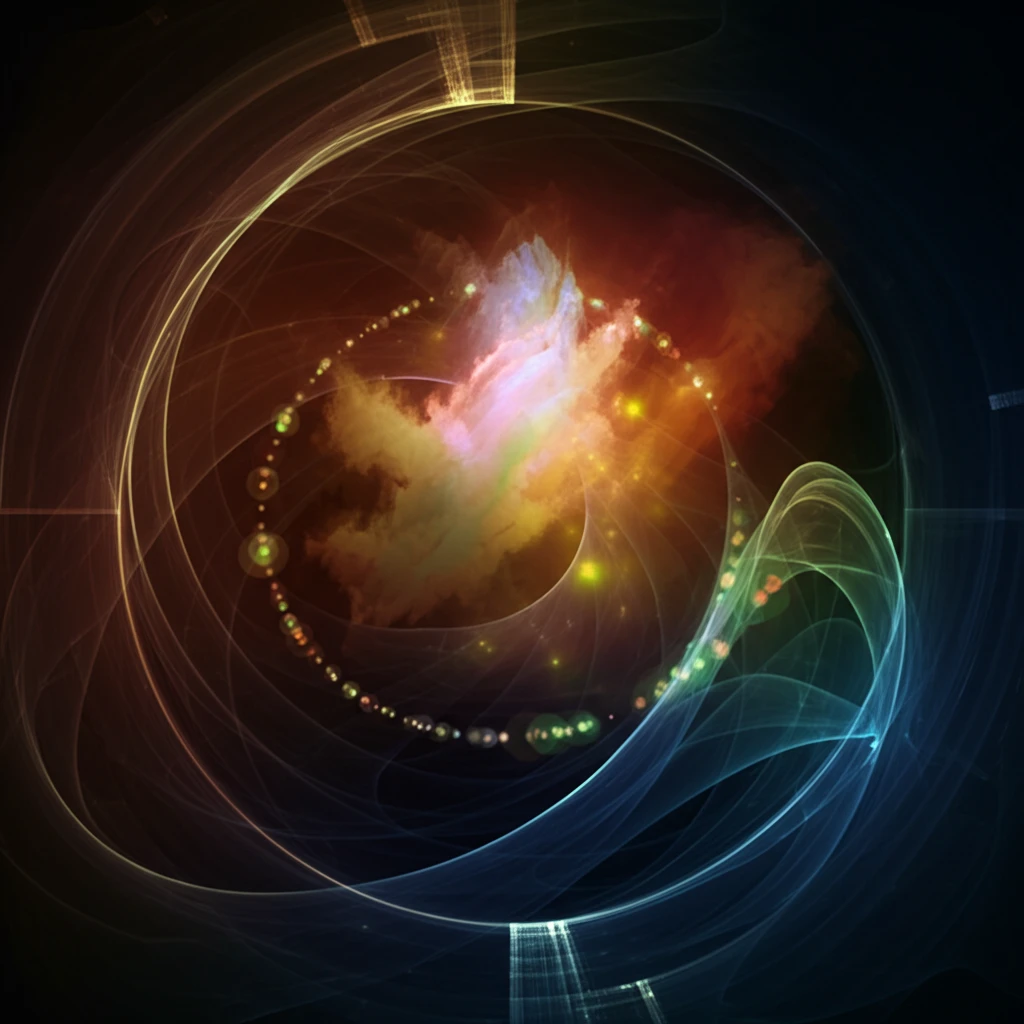
Unlocking Laser Precision: How Scientists are Taming Picosecond Pulses for Future Tech
"A Breakthrough in Carrier-Envelope Phase Control Paves the Way for Enhanced Spectroscopy and Compact X-Ray Sources"
For years, the relentless march of technological progress has pushed the boundaries of what's possible with light. At the forefront of this revolution are femtosecond oscillators, whose incredibly short pulses have opened doors to attosecond physics and ultraprecise frequency metrology. However, the slightly longer picosecond pulses, while promising, have faced their own set of challenges, especially concerning the subtle but critical 'carrier-envelope phase' (CEP).
Imagine each light pulse as a tiny wave packet. The carrier-envelope phase describes the relationship between the crests of the light wave (the 'carrier') and the overall shape of the pulse (the 'envelope'). Controlling this relationship is paramount for many advanced applications, but it's proven tricky with picosecond pulses, where the effects of CEP drift are often masked by the longer pulse duration.
Now, a team of researchers has unveiled a new method to precisely measure and control CEP drift in picosecond lasers. This breakthrough promises to unlock the full potential of these lasers, paving the way for more compact and efficient Compton X-ray sources, high-resolution comb spectroscopy, and potentially revolutionizing fields from medical imaging to materials science.
What is Carrier-Envelope Phase Drift and Why Does it Matter?

To understand the significance of this research, let's break down the concept of carrier-envelope phase (CEP) drift. In simple terms, CEP drift refers to the continuous change in the phase relationship between the carrier wave and the pulse envelope of a laser. While seemingly minor, this drift can have significant consequences in applications that rely on the precise timing and coherence of light.
- High-Harmonic Generation: Precise CEP control is crucial for generating high-harmonic radiation, which can be used to create attosecond pulses – the shortest bursts of light ever produced.
- Frequency Combs: CEP stabilization is essential for creating stable frequency combs, which act as 'optical rulers' for measuring frequencies with incredible accuracy.
- Strong-Field Physics: Controlling the CEP allows scientists to manipulate the behavior of atoms and molecules in intense laser fields, opening doors to new discoveries in fundamental physics.
- Medical Imaging: Compact Compton X-ray sources, enabled by CEP-stabilized lasers, could lead to smaller, more portable medical imaging devices.
The Future is Bright for Picosecond Laser Technology
The development of this innovative method for CEP drift measurement marks a significant step forward in laser technology. By overcoming the limitations of previous techniques, researchers have opened the door to a new era of precision and control in picosecond laser systems. This promises not only to advance our understanding of fundamental physics but also to drive innovation in a wide range of applications that will shape the technologies of tomorrow. As this technology matures, we can expect to see even more groundbreaking applications emerge, further solidifying the role of picosecond lasers as essential tools for scientific discovery and technological advancement.
